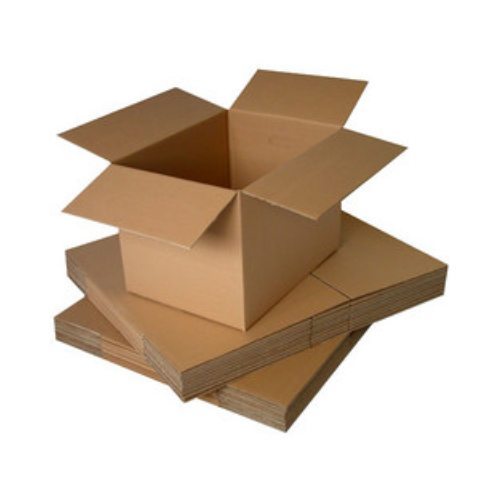 Corrugated boxes represent the vast majority of the packaging industry in the United States, carrying between 90 and 95% of the nation’s manufactured goods to consumers. Approximately 25 billion corrugated boxes are produced annually, an average of 500 boxes for every family in the US.
Corrugated boxes represent the vast majority of the packaging industry in the United States, carrying between 90 and 95% of the nation’s manufactured goods to consumers. Approximately 25 billion corrugated boxes are produced annually, an average of 500 boxes for every family in the US.
Part of their popularity resides in their durability. Corrugated boxes are made from two or more sheets of liner board and one or more fluted sheets of corrugating medium. Nearly all the liner boards are made from kraft, which is a type of paperboard created from virgin softwood lumber. About two-thirds of the corrugating medium is made by through a semi-chemical pulping process of virgin hardwood fibers, with the remaining third made from plant waste and recycled medium, which is used corrugated boxes collected from supermarkets and shopping centers.
Cost Benefits of Corrugated Boxes
Corrugated boxes are extremely cost-effective. On average, they cost far less than one percent of the value of the goods they carry, making them one of the least expensive containers ever developed.
And they provide versatility. Corrugated boxes offer a wide range of protective abilities and can carry liquids, solids, and hard or soft granulated materials. Each box is designed for the product it contains and can be modified for various sizes, weights, fragility or orientation of the product within the package. They also can be adapted for filling requirements, pallet pattern, warehousing needs and mode of shipment.
Typically, corrugated boxes are delivered knocked-down, meaning they are shipped flat and assembled into their final shape by the shipper. This allows them to take up less space until they are needed, when they can be quickly and easily set up. Inner packing pieces — such as custom-cut Styrofoam or shipping peanuts — can be placed in the box before filling, or they can be positioned around the product after it has been put into the box.
Responsible for Warehouse Efficiencies
Corrugated boxes were one of the reasons high density warehousing was developed. Boxed inventory can be stacked high and deep and can be retrieved using automated equipment operating in narrow aisles. Even more space savings can be realized with the use of corrugated or solid fiber slip-sheets, which can replace bulkier wooden pallets.
The most popular type of corrugated box are regular slotted containers, also known as RSCs. These have flaps that are all the same length and their outer flaps meet.
Bahrns carries a wide variety of corrugated boxes at many different test weights to accommodate all of your shipping needs.
